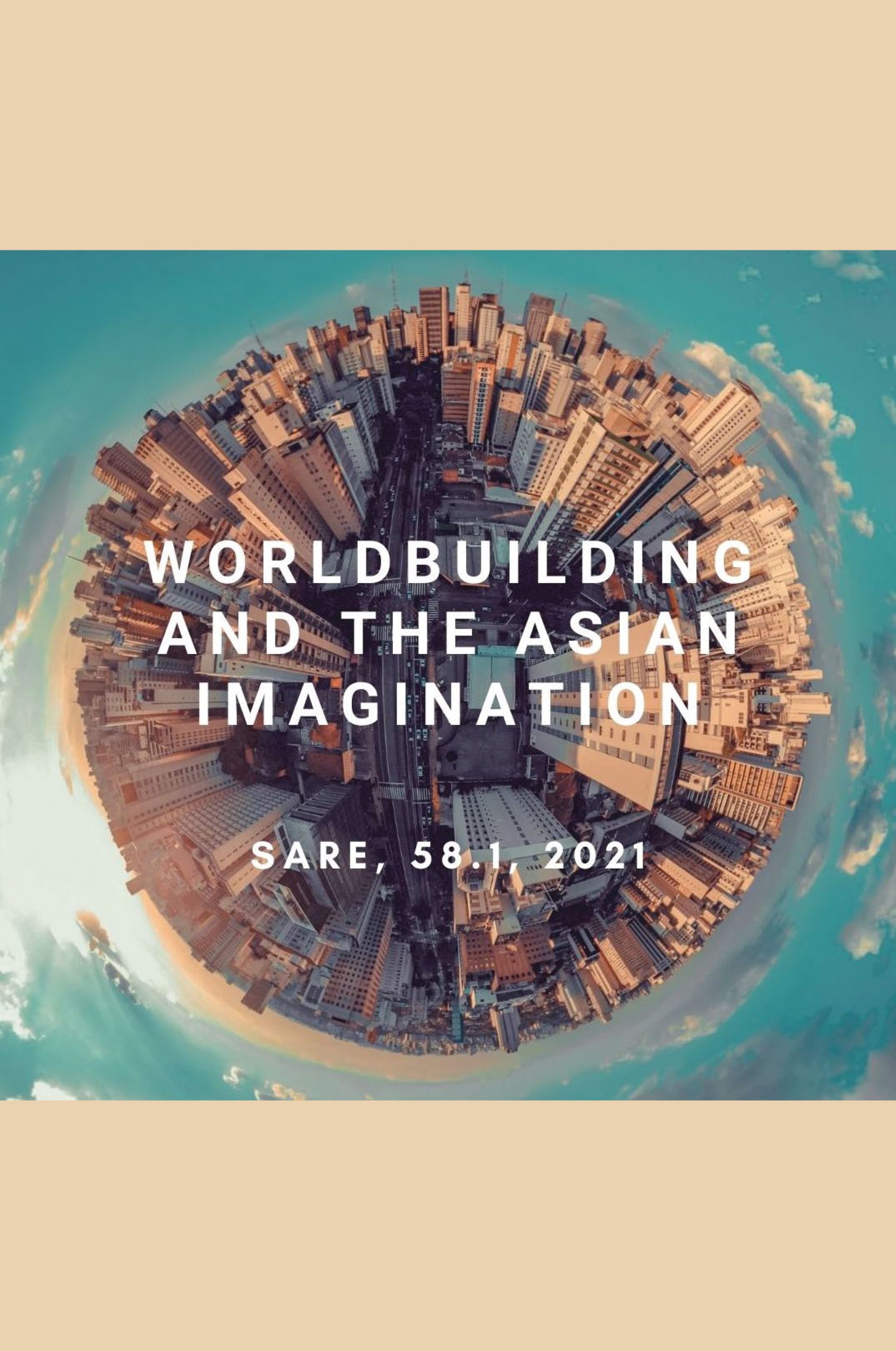Phenomenology, Aesthetics, and Worldbuilding in Murasaki’s <i>The Tale of Genji</i> and Tolkien’s <i>The Lord of the Rings</i>
Main Article Content
Abstract
In this paper, I examine the theoretical aspects of worldbuilding in Murasaki’s and Tolkien’s imagined worlds and accentuate the role of aesthetic landscape creation through which spatio-temporal layers are negotiated. As a starting point, I refer to Thomas Ryba’s Husserl, Fantasy and Possible Worlds (1990), where he evaluates the believability of secondary worlds via Husserlian phenomenology. To shed light on Ryba’s statement that authors must be “adept at describing the qualities of characters and the world in which they live” (232) through the lens of engagement, I contend that critically acclaimed imagined worlds such as Heian Japan in The Tale of Genji (c.1000 A.D.) and Middle-earth in The Lord of the Rings (1954-1955) demonstrate two fundamental qualities: the physical environments possess aesthetic qualities and the emotional experience of the place is integrated into the fabric of worldbuilding, generating an aura of believability.
Downloads
Article Details

This work is licensed under a Creative Commons Attribution 4.0 International License.
Copyrights of all materials published in SARE are retained by the authors. Authors may republish their work or grant others permission to republish it. We would be grateful if republication is accompanied by an acknowledgment that the work was originally published in SARE.
